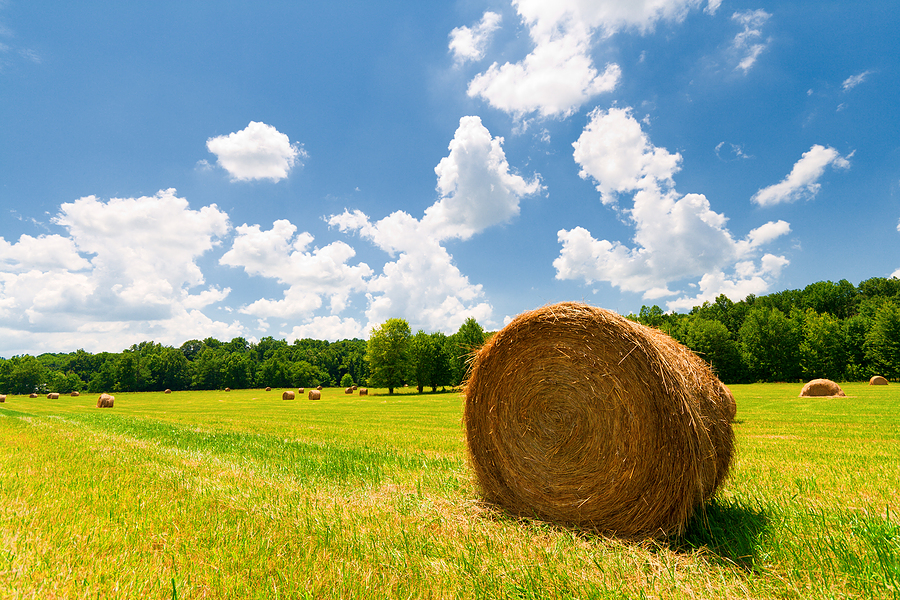
The New Year has arrived, and with it another opportunity for reinvention. While many people are concerned with eating healthier and exercising more, here at Nourished Planet we challenge you to try to cut something that will improve the planet’s health: cutting food waste.
Americans throw away around $165 billion worth of food each year, and for the average American family, that can be up to $2,200 per household, according to a study by the Natural Resources Defense Council (NRDC). All of this adds up to 35 million tons of food each year, says the Environmental Protection Agency. That’s 50 percent more than in 1990 and three times more than what Americans threw away in 1960. Considering that 1 in 7 Americans go to bed hungry each night, according to Feeding America, that’s an unfortunate statistic.
Reducing food waste also has significant positive environmental impacts. The less food that ends up in landfills means fewer greenhouse gases being dispersed into the air from rotting waste.
So you want to reduce your food waste footprint but don’t know how? Fear not — here are 5 simple steps you can take right now to do just that:
1. Be more realistic about what you buy
Here in the United States, we love to buy big. Enticed by what seem like fantastic deals of buying in bulk, we fork over the money for more food than we and our families often can consume before it goes bad. One of the best ways to reduce food waste is to get more realistic about your purchases at the grocery store. Plan out your meals, make a detailed shopping list with the ingredients you will need, and stick to that list when you’re in the store. Granted, this is more difficult in practice than in theory, but learning how to be more disciplined can go a long way. Another best practice is to try to purchase locally-sourced produce and other food from places like your neighborhood farmer’s market.
2. Save and eat your leftovers
While saving leftovers is a common practice in the US, often this food is left to go bad in Tupperware tombs. If you happen to cook more than you can eat in one sitting, label your leftovers so that you can keep track how long they’ve been sitting in your fridge or freezer. That way, you will be more easily able to incorporate them into your routine to make sure that they don’t go to waste.
3. Expiration dates are not infallible
That food should be thrown out the day its expiration date is reached is one of the biggest misconceptions in the food industry. All those dates on food products — sell by, use by, best before — almost none of those dates indicate the safety of food, and they’re not regulated in the way many people believe, according to a 2013 report by the NRDC and Harvard Food Law and Policy Clinic. The report found that up to 90 percent of consumers have thrown out food based on expiration dates, assuming the food is unsafe to eat. This mentality guides behavior in consumers that leads to high levels of food waste. Instead, you should treat expiration dates more as guidelines — trust your senses, including smell, sight and taste, instead of the date on the package.
4. Donate to food banks and farms
With so many people going hungry across the US, donating to food banks is a great way to reduce your food waste while also helping to alleviate hunger in your community. Before you throw away food, look into food banks and charities where you can bring items you know you’re not going to consume before they go bad, and give them to people in need. One great way to identify local food banks is through Feeding America. You can also donate scraps and other types of food to farms and companies to feed livestock.
5. Compost
Instead of tossing your food scraps, you can compost certain foods and turn it into nutrient-rich fertilizer. This should be seen as a last resort, however, as reducing the waste we create and donating what we can should take priority. In some areas of California, composting is offered by waste management firms like Recology, while in other parts of the country you may have to compost at home.

